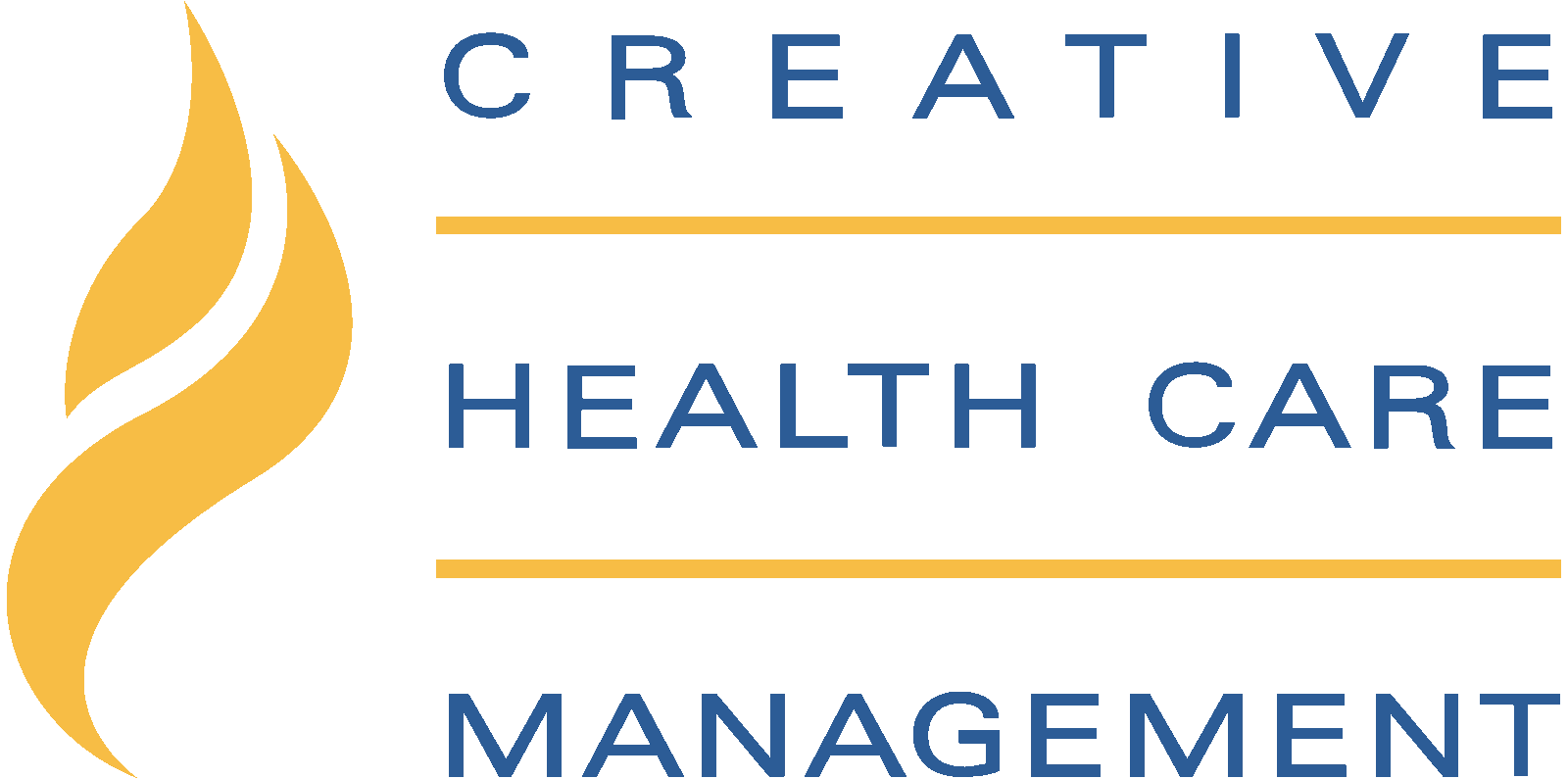The term “C-Suite” refers to the group of top-level executives within an organization whose titles usually begin with the letter “C,” standing for “Chief.” In the healthcare industry, the C-Suite plays a critical role in shaping policy, overseeing operations, and steering the organization toward its objectives.
C-level executives, is another term referring to the C-suite. Once again the “C” stands for “chief,” indicating their paramount status in the company. “C-suite” is preferred over “csuite” because the “C” stands for “Chief,” as in titles like Chief Executive Officer or Chief Financial Officer. The hyphen in “C-suite” visually emphasizes this association, making it clearer for readers.
This article explores the various C-suite executives typically found in healthcare settings, how they collaborate, and more.

How C-Suite Officers Work Together in a Healthcare Setting
In a healthcare setting like a hospital, C-suite officers collaborate to ensure the smooth functioning and high performance of the facility. They make collective decisions on budget allocation, patient care standards, hospital growth strategies, management duties and much more. Their shared goal is the betterment of patient care, employee satisfaction, and the hospital’s financial health.
In a hospital, synergy among C-Suite officers is crucial. For example, the Chief Financial Officer (CFO) must work closely with the Chief Operating Officer (COO) to allocate resources efficiently. Simultaneously, the Chief Marketing Officer (CMO) will collaborate with the Chief Human Resources Manager (CHRM) to ensure that the hospital attracts both patients and quality staff.
All C-suite executive positions and titles can have slight variations and responsibilities. Every chief executive responsible has usually worn more than one hat in their career.
C-Level Executives vs. Senior Executives
C-Level executives are the highest-ranking officers in an organization, responsible for making organizational decisions and strategies. C-level executives have a broader overview and more strategic role in overarching company strategies.
Senior executives, on the other hand, handle many daily decisions and often manage departments or divisions but typically report to a C-Level executive. While they have significant responsibilities, they are often being trained for upcoming C suite positions. Having a more tactical and operational role specific to their department they know the risk management and technical leadership skills related to their directors, managers, and employees whom they supervise.

C-Suite Positions in Healthcare and Their Roles
In any healthcare organization, the business strategy is often devised and driven by the C-suite and C-level executives. They identify the hospital’s goals, set departmental targets, and decide on resource allocation. The collective expertise of the C-suite helps in all major corporate decisions and devising comprehensive strategies that cater to patient care, financial health, technological advancements, and employee satisfaction.
Chief Executive Officer (CEO)
The Chief Executive Officer (CEO) oversees the entire hospital or healthcare system. The CEO is responsible for the direction of the healthcare organization. They ensure that the hospital or healthcare facility meets its goals, maintains quality care, and remains financially viable. The CEO often answers to a Board of Directors and is also responsible for setting the organization’s mission, vision, and overall strategy.
Chief Financial Officer (CFO)
The Chief Financial Officer (CFO) manages the financial risks of the hospital. The CFO oversees the organization’s financial operations, budgeting, and financial reporting. They work closely with other senior executives to allocate resources and manage finances to meet the organization’s goals. They oversee financial planning, keep track of cash flow, and analyze the hospital company’s strategy and financial strengths and weaknesses.
Chief Operating Officer (COO)
The Chief Operating Officer (COO) oversees the day-to-day operations of the healthcare facility, ensuring that it runs efficiently and effectively while meeting its objectives. The COO works with all departments to see they function smoothly.
Chief Medical Officer (CMO) or Chief Medical Director
The Chief Medical Officer (CMO), also known as the Chief Medical Director, plays a pivotal role in managing daily operations of hospitals and medical centers. Their responsibilities encompass budget oversight, recruiting and training physicians, ensuring safety and comfort for all patients and visitors, and maintaining strict adherence to healthcare regulations.
Often holding a senior position in many countries, a CMO is typically a licensed physician that not only advises and leads on public health matters but also oversees crucial clinical operations, emphasizing the importance of safety standards, training, and fiscal responsibility within the facility.
Chief Nursing Officer (CNO)
The Chief Nursing Officer (CNO) stands as the pinnacle of nursing leadership within a hospital, tasked with establishing nursing care standards and ensuring seamless operations across all medical units. Beyond overseeing nursing efficiency, their role encompasses strategic planning, policy creation, and staff management.
As the driving force behind quality care, the CNO creates and nurtures a dynamic work environment that supports and enriches hospital administrators, registered nurses, and the entire nursing support team.
Chief Experience Officer (CXO)
The Chief Experience Officer (CXO) oversees all aspects of patient and family experiences, making certain that they align with the institution’s values and standards. They not only champion the voice of the patient but also advocate for a cohesive working environment for healthcare professionals.
The CXO plays a pivotal role in shaping the patient’s journey, ensuring it is seamless, compassionate, and of the highest quality.
Chief Marketing Officer (CMO)
The Chief Marketing Officer (CMO) is responsible for the organization’s marketing strategy. The CMO designs and oversees marketing campaigns, branding, advertising, and patient outreach, often collaborating with the Chief Executive Officer and Chief Operations Officer on strategic initiatives.
The CMO ensures that the hospital maintains a good public image.
Chief Security Officer (CSO)
The Chief Security Officer (CSO) is responsible for physical and data security within the healthcare organization.The CSO oversees the physical and digital safety of the hospital and works closely with the Chief Information Security Officer (CISO) to protect patient data and ensure compliance with regulations.
Chief Compliance Officer (CCO)
The Chief Compliance Officer (CCO) ensures that the organization is in compliance with all laws and regulations. This includes maintaining accreditation standards and ensuring ethical practices across the board. The CCO makes sure their hospital follows all regulatory and legal guidelines applicable to its operation, levels of care, and emergency protocols.
Chief Human Resources Officer (CHRO)
The Chief Human Resources Officer (CHRO) also known as the Chief Human Resources Manager (CHRM) oversees employee relations, staff development, and recruitment. They collaborate with various departments to ensure that the workforce aligns with the organization’s goals and culture. In addition, the CHRM handles the employment, benefits, and ensures the well-being of the hospital’s staff.
Chief Green Officer (CGO)
The Chief Green Officer is focused on sustainability and environmental issues within the healthcare organization. They work on initiatives to make the organization more eco-friendly, from waste management to energy efficiency. Not all C suite teams have this position. The CGO is a newer role and focuses on sustainable practices within the hospital, promoting eco-friendly initiatives.
Chief Analytics Officer (CAO)
The Chief Analytics Officer (CAO) is responsible for data-driven decision making by analyzing patient data, operational statistics, key metrics, and more. The CAO focuses on data analytics to improve healthcare outcomes. They work closely with the Chief Data Officer (CDO) to collect, analyze, and interpret data, helping in policy and decision-making processes.
Chief Data Officer (CDO)
The Chief Data Officer (CDO) is responsible for data management and governance. They ensure that data is accurately collected, stored, and made accessible for data analysis.
The CDO also manages the hospital’s data management strategy for both patient data and organizational data.
Chief Information Officer (CIO)
The Chief Information Officer (CIO) is responsible for the technological direction of the healthcare organization. The CIO manages the IT infrastructure of the hospital and ensures seamless technological operations.
Chief Technology Officer (CTO)
The Chief Technology Officer (CTO) focuses on technological innovation within the healthcare organization. The CTO Focuses on introducing new technologies into the hospital system for improved patient care and operational efficiency. The CTO explores technological opportunities that can improve healthcare delivery and works closely with the CIO for implementation.
Chief Procurement Officer (CPO)
The Chief Procurement Officer oversees purchasing and supply chain management, ensuring that all departments have the resources they need.
The CPO is responsible for overseeing purchasing decisions and vendor contracts for the hospital.
Chief Learning Officer (CLO)
The Chief Learning Officer is responsible for education and training within the healthcare organization, ensuring that staff is equipped with the necessary knowledge and skills.
The CLO ensures continuous learning and professional development opportunities for hospital staff.
Chief Privacy Officer (CPO)
The Chief Privacy Officer focuses on privacy issues, ensuring compliance with privacy laws and regulations concerning patient data.
The CPO safeguards patient privacy and ensures compliance with data protection regulations.

Business Strategies and the C-Suite
C-Suite executives play a crucial role in shaping and implementing business strategies within each healthcare organization. From the CEO’s vision to the business analyst to the CTO’s technological implementation, each executive contributes to the overall strategy. These strategies then filter down through the organization, implemented by senior executives and other staff.
Building, Recognizing, and Maintaining C-suite Executives
Talent management refers to the systematic process of identifying, recruiting, developing, and retaining employees in an organization. It ensures that the hospital has a skilled, engaged, and productive workforce. In a healthcare setting this often involves continuous training and professional development, given the ever-evolving nature of medical knowledge and technologies.
Maintaining a skilled workforce that can meet the complex needs of healthcare delivery is imperative to growing a C-level and executive team within a healthcare organization. C-suite positions can be cultivated within small and large companies. A strategic vision and a career path can give an employee goals to follow up the corporate ladder.
CHCM Works with C-Suite Leadership Daily
In the complex ecosystem of a hospital or healthcare facility, C-level executives play pivotal roles. They ensure that all departments synergize to provide exceptional patient care while maintaining financial stability. By understanding the roles of these executives and the strategies they deploy, one can grasp the intricate tapestry of healthcare management.
C-suite leadership, combined with the dedicated work of healthcare professionals, ensures the smooth operation and growth of a healthcare system.
Creative Health Care Management “CHCM” has the privilege to work daily with C-suite executives throughout the world. Helping visions and strategies come in focus is what we do best. If you are a C-suite executive looking for one of our core solutions such as Magnet designation or re-designations, Pathway to Excellence, Shared Governance, Relationship-Based Care or others – please contact us today.
Sources:
https://www.definitivehc.com/resources/glossary/chief-medical-officer-cmo
https://en.wikipedia.org/wiki/Chief_medical_officer
https://psnet.ahrq.gov/primer/leadership-role-improving-safety
https://onlinepublichealth.gwu.edu/resources/10-health-care-careers-in-the-c-suite/
https://hbr.org/2011/03/the-new-path-to-the-c-suite
https://www.dictionary.com/e/slang/c-suite/





